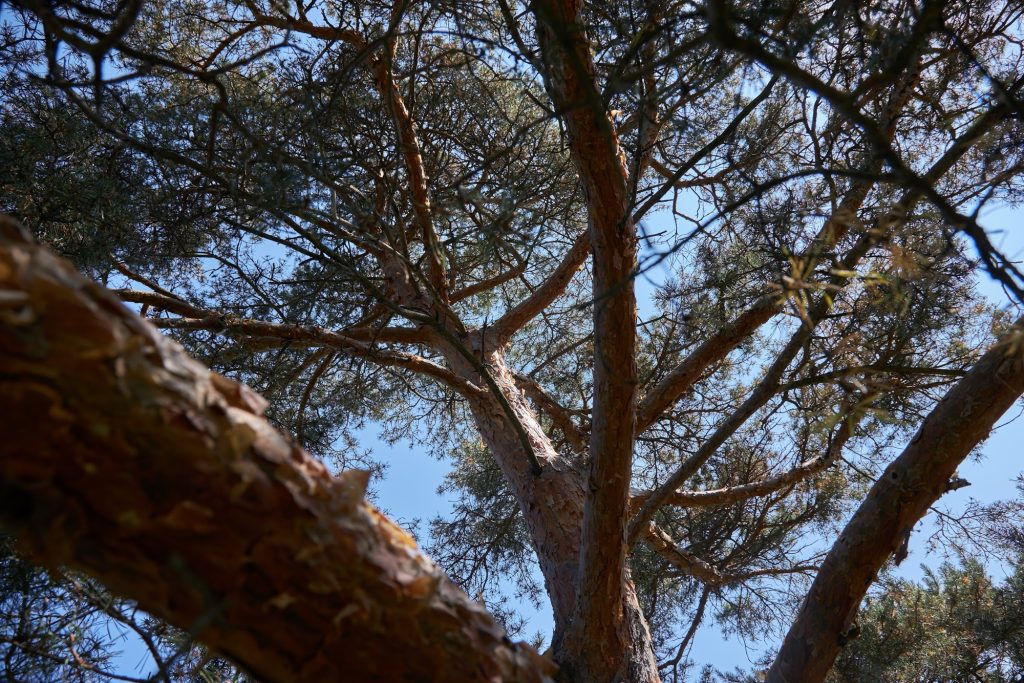It’s a sunny warm September afternoon at the Dominion Arboretum and joggers are out catching some rays before the eventual return of cooler Canadian temperatures. On the nearby canal, kayakers bask in the breathtaking blue water. A stork watches from the shoreline. Geese fly overhead and squirrels climb up nearby trees.
What beauty nature marvels.
This urban oasis in a city of over a million people officially began in 1889 as part of the Central Experimental Farm. Its objective was to do a lot more than be a park. Most of the 175,000 people who enjoy the public green space yearly have no clue of the important work it actually does.
The 64-acre Arboretum is home to 4,000 different kinds of trees and shrubs from 56 different species, many you wouldn’t be able to find elsewhere in Ottawa. The whole purpose of the site is to test various plant species from elsewhere to see how they would fare in an unpredictable Ottawa climate.
“There is a desire to try something new. We are still in the North, but somewhat similar to the Niagara region, the United States and Europe,” said Robert Glendinning, who has worked as a propagator at the Arboretum for the last 20 years. “A lot of the more recent plantings are regarding hardiness which has always been a theme. It used to be about seeing if the trees can live here. Now it’s to see what still grows here and is happy.”

Climate change has impacted the Arboretum’s operations. Due to changes in temperature and weather patterns, some plants which used to thrive here no longer are. Others, meanwhile, are starting to grow and climatize.
When new trees are planted, they require more maintenance to settle due to the extreme heat. Storms have also played a factor. Luckily, the Arboretum has mostly been spared from the tornadoes, microbursts and El Niños which hit the Capital, but some century-old trees were lost.
On average, about 100 trees are lost at the Arboretum per year. The lifespan of trees can vary from about 30 years to over a 100. A few trees near the nature preserve’s lookout are from the late 1800s.
“It’s unfortunate when trees leave us, but generally about 150 to 200 trees are planted per year,” said Glendinning. “This year we planted flowering dogwood. It’s not supposed to grow here but it’s been doing well in the nursery. We also got some new magnolias. We get seeds from various other Arboretums and botanical gardens. Lately we have been planting new trees which are hearty in Europe like Russia and Siberia.”
The collections at the Arboretum are especially rich in such hardy groups as crab apples, junipers, lilacs, maples, spruces and pines.
According to a Carleton University study produced in 2019, it found that the Dominion Arboretum’s air quality was better than in other parts of the city. The data was collected during a 14-day period during each of the four seasons in 2016.
Central Experimental Farm space was associated with lower levels of airborne particulate matter known as UFP, black carbon, and temperature in the fall. It also found that proximity to the farm was associated with lower levels of fine particulate matter known as PM2.5 in the winter and fall.

Preserving its rich history
During the Victorian period, a great interest in natural sciences grew. What we know today as the Central Experimental Farm began in 1886 after lobbying from John Carling who was the Minister of Agriculture, and William Saunders, who was first director of the branch. It started with 188 hectares of land but is now 426 hectares in size.
First plantings at the Arboretum occurred in the fall of 1889 when 200 trees and shrubs were planted for testing. A decade later, the site numbered over 3,000. The plants came from as far as Japan, Korea, France, England and parts of the United States.
According to the Government of Canada, in the early years trees and shrubs were acquired from the once-famous nurseries of Spaeth in Germany, Louis Freres in France, Ellwanger and Barry in Rochester, New York, and the Arnold Arboretum in Jamaica Plains, Massachusetts.
Today testing still occurs at the Arboretum, although it’s no longer an official research site. It used to employ about 30 people but today that number is just four. Glendinning said he hopes the site’s importance will be recognized even further today at a time when so much public greenspace is being bulldozed away for development.
“When you look down at Preston [Street], I never used to see skyscrapers on the horizon. Where do those people go to enjoy the outside? Here. With intensification, people need greenspace,” he said.




A massive oak
In the middle of the Dominion Arboretum is a rare tree. The Bebb’s oak, a natural hybrid of white oak and bur oak, measures 21 metres tall and has a girth of 5.75 metres.
It’s believed the big oak was collected from woodlands in the area and planted in the Arboretum in 1898.
In 1993. Trevor Cole, former curator of the Dominion Arboretum, wrote “it takes three men with outstretched arms to encircle the trunk. All this from an acorn, in less than 100 years.”
In recent times, the tree was named after Ardeth Wood, a Canadian graduate who was killed in a forcible drowning on the Rockcliffe Parkway. The two-year search for her killer was one of the biggest manhunts in Canadian history.
During a storm on Sept. 27, 2017, about a third of the oak tree’s trunk was damaged due to violent winds. At the time a fence was installed around the tree and a local arborist said it still has decades left to live.

